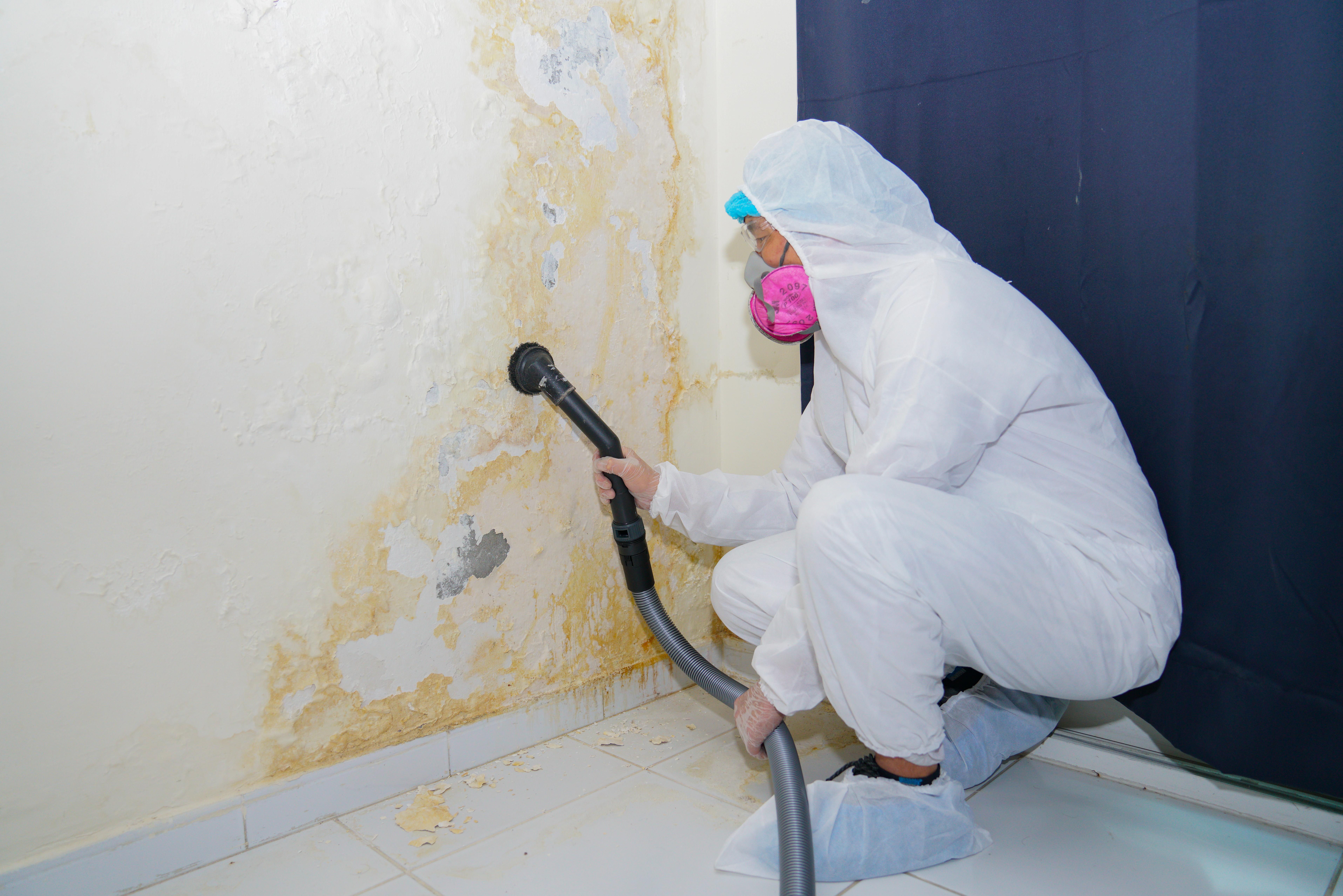Your Ultimate Guide to Blog Post Mold And Mildew Remediation Techniques
Browsing the world of post-mold remediation techniques is a meticulous procedure that demands attention to information and a thorough understanding of the ins and outs included. In the aftermath of mold and mildew invasion, knowing just how to successfully eliminate the mold and mildew and stop its reoccurrence is vital for maintaining a healthy and balanced interior atmosphere. From selecting the appropriate cleaning and disinfecting approaches to executing strategies for long-lasting mold avoidance, each action in the removal journey plays a critical function in guaranteeing an effective outcome. As we start this exploration of post-mold removal techniques, we will certainly uncover the crucial strategies and best practices that can aid you restore your room to its pre-mold condition and secure it versus future mold hazards.
Recognizing Post-Mold Remediation Process
After finishing the mold and mildew removal procedure, it is vital to comprehend the post-mold remediation methods that are required to guarantee a effective and comprehensive cleanup. Once the mold and mildew has actually been eliminated, the next step entails cleansing and sanitizing the affected locations to stop any kind of regrowth of mold and mildew. This includes making use of specialized cleansing representatives to wipe down surfaces and eliminate any type of staying mold and mildew spores. It is vital to dry the area entirely to dissuade the growth of mold and mildew in the future (Post Mold remediation cleaning). Appropriate air flow and dehumidification can help in this procedure.
In addition, carrying out a last inspection post-remediation is crucial to ensure that all mold has actually been successfully eliminated. This examination should include a comprehensive visual check along with possibly air tasting to verify the lack of mold spores in the air. If the examination reveals any type of sticking around mold and mildew, additional remediation may be needed. Educating occupants on preventive steps such as regulating dampness degrees and without delay addressing any water leakages can aid keep a mold-free atmosphere.
Efficient Cleaning and Decontaminating Approaches

Preventing Future Mold And Mildew Development

Importance of Correct Air Flow
Proper air flow plays an important function in preventing dampness accumulation, a vital aspect in mold development within interior atmospheres. Efficient air flow systems help get rid of excess humidity from the air, lowering the possibilities of mold and mildew spores discovering the dampness they need to spread out and germinate. Without appropriate ventilation, indoor rooms can end up being a reproduction ground for mold, causing potential health and wellness risks mold removal and drywall repair and architectural damage.
By making certain proper air flow, air flow systems can also assist in drying damp locations quicker after water damages or flooding incidents, even more hindering mold growth. Post Remediation Inspection near me. In areas like washrooms, kitchens, basements, and attics where moisture levels tend to be higher, installing and maintaining effective ventilation systems is important in stopping mold and mildew problems

Monitoring and Upkeep Tips
Provided the vital role that correct air flow plays in avoiding mold development, it is necessary to try this out establish efficient tracking and maintenance ideas to guarantee the ongoing performance of ventilation systems. Normal assessments of ventilation systems must be conducted to examine for any type of indicators of obstructions, leakages, or malfunctions that can Read Full Report hamper proper air flow. Monitoring humidity degrees within the residential property is also critical, as high humidity can add to mold development. Setting up a hygrometer can aid track humidity degrees and sharp property owners to any kind of spikes that may need focus. Furthermore, making certain that air filters are on a regular basis cleaned or replaced is crucial for maintaining the performance of the ventilation system. Executing a timetable for routine maintenance tasks, such as air duct cleansing and heating and cooling system assessments, can aid avoid problems prior to they rise. By staying conscientious and proactive to the problem of air flow systems, homeowner can efficiently alleviate the threat of mold and mildew regrowth and maintain a healthy indoor environment.
Conclusion
To conclude, post-mold removal methods are vital for guaranteeing a secure and clean environment. Understanding the procedure, executing effective cleansing and sanitizing techniques, preventing future mold and mildew development, maintaining correct air flow, and regular surveillance are all critical action in the remediation procedure. By complying with these guidelines, you can successfully remove mold and prevent its return, working or advertising a healthy living room for all passengers.
In the aftermath of mold and mildew infestation, recognizing exactly how to properly eliminate the mold and mildew and prevent its reoccurrence is extremely important for preserving a healthy and balanced indoor atmosphere. Once the mold has actually been removed, the following action involves cleansing and decontaminating the impacted locations to prevent any type of regrowth of mold and mildew - After mold remediation. After removing visible mold and mildew development, it is essential to clean up all surface areas in the affected area to get rid of any kind of remaining mold spores. To additionally boost mold and mildew prevention steps, it is necessary to resolve underlying issues that initially led to mold advancement.Provided the important duty that proper ventilation plays in avoiding mold growth, it is necessary to develop reliable surveillance and upkeep tips to ensure the continued functionality of ventilation systems
Comments on “Necessary Actions After Mold Remediation”